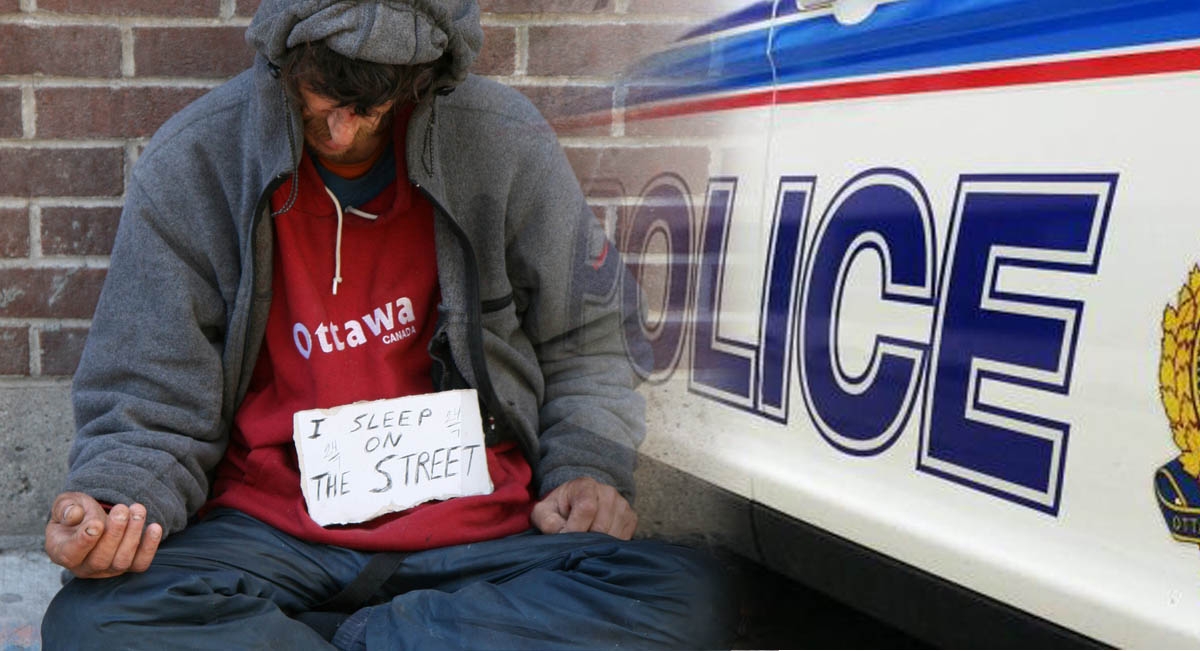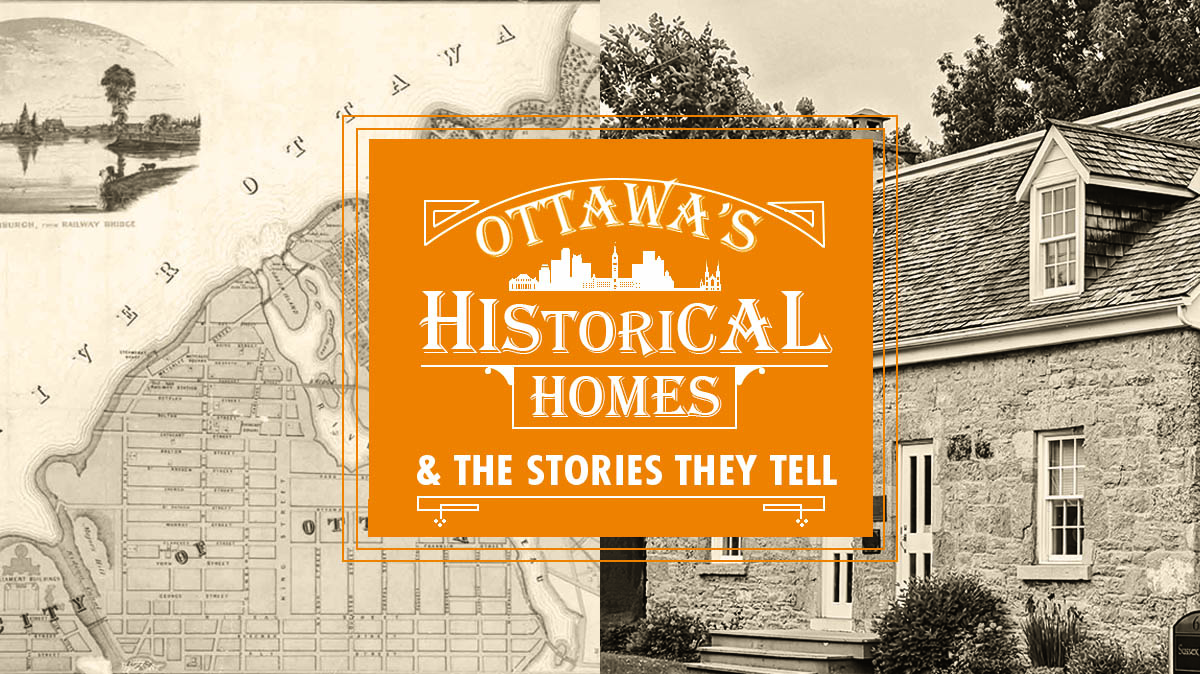
Rideau Hall’s little cousin: John Street’s Fraser School House
The area surrounding where Sussex Drive meets the Rideau River was once a thriving industrial site developed by the man who founded New Edinburgh. Thomas McKay (1792-1855) was a Scottish-born stonemason who came to Canada to work on the Lachine Canal in Montreal. He and John Redpath (of the sugar brand) were contracted to build the 14.5-kilometre canal between the port and Lac Saint-Louis to bypass a series of rapids that required an arduous portage. In doing so, the two men created the infrastructure for what would be the industrial heartland of this country in the 19th century. Both McKay and Redpath were recruited by Col. John By to build the first eight locks of the Rideau Canal in the shallow valley located between what would become Parliament Hill and the Chateau Laurier. Having profited handsomely from two lucrative government contracts, McKay purchased 1,100 acres near the Rideau Falls, where he built two sawmills, a gristmill and a cloth factory.
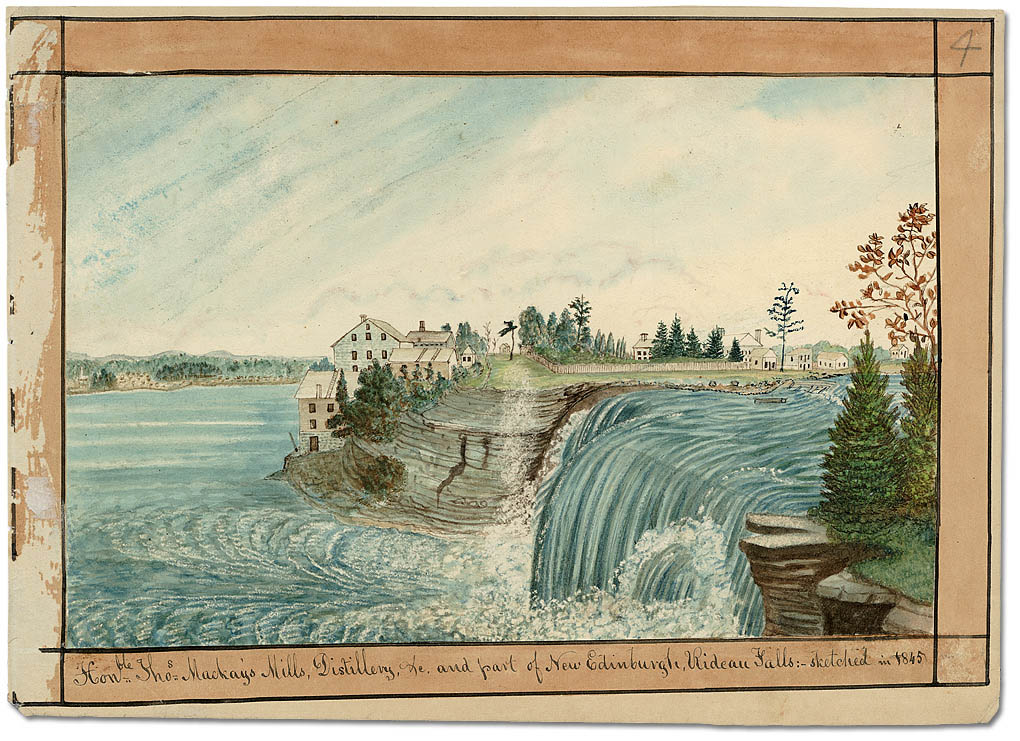
By 1833, a new community was established and named by McKay for the elegant capital of his homeland. McKay’s influence extended well beyond the shores of the Rideau. He was an Elder and Trustee of St. Andrew’s Church, Ottawa’s oldest Protestant congregation, and part of the committee responsible for the acquisition of the deed for 178 acres from the Crown for The Glebe (meaning church lands).
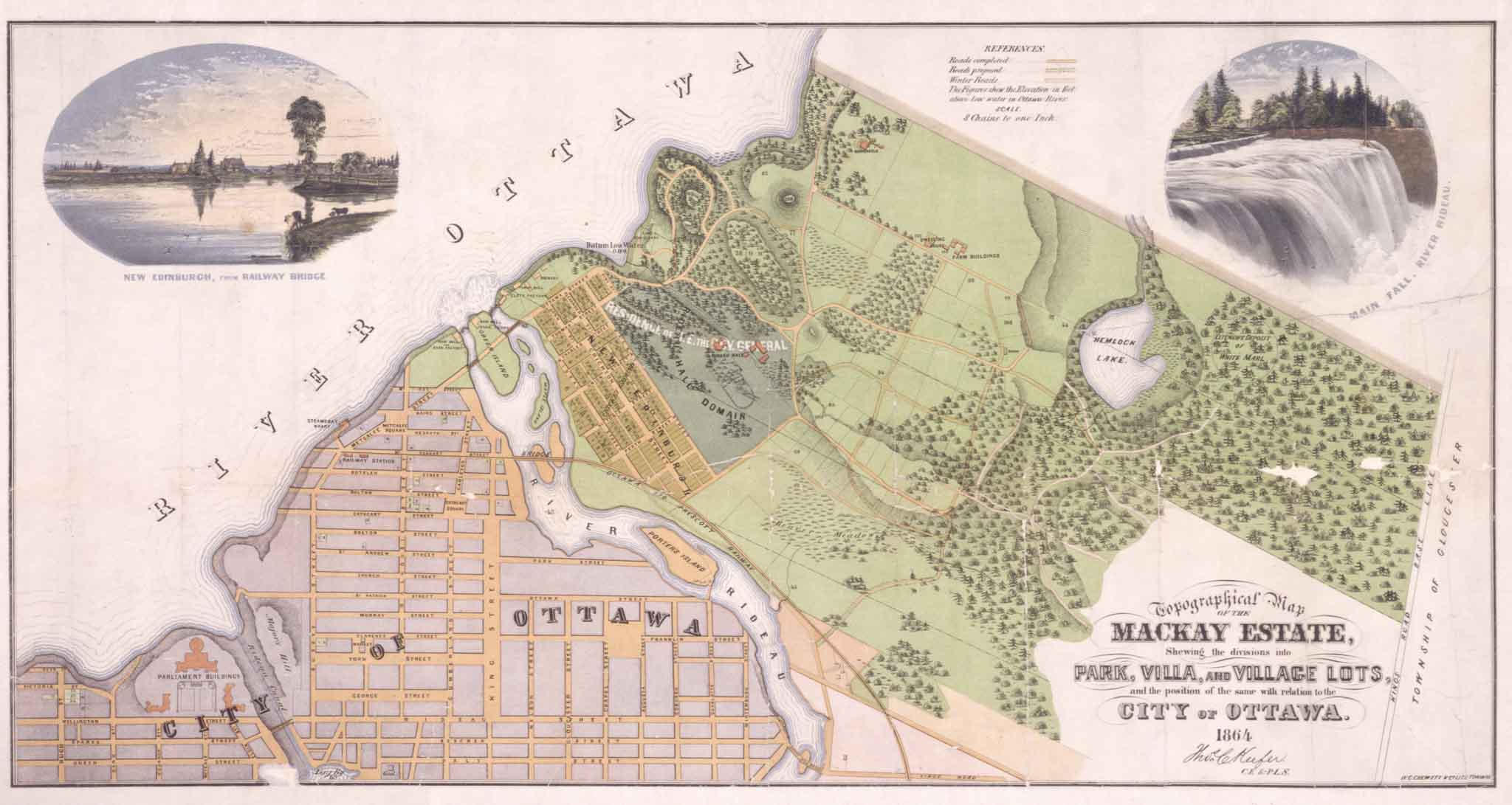
McKay’s property was a huge parcel that spanned much of present-day Lindenlea, North Vanier and a good section of Rockcliffe. It became home to what was colloquially called “McKay’s Castle” but was named Rideau Hall by the master of the villa himself. A bonus for the workers who built the big house was a community of small houses funded by McKay that sprung up on what is today the green space to the south of the French Embassy on Sussex. The one remaining building from that era that was deemed heritage worthy enough to avoid demolition is the perfectly-restored Fraser School House (1837), located on John Street.
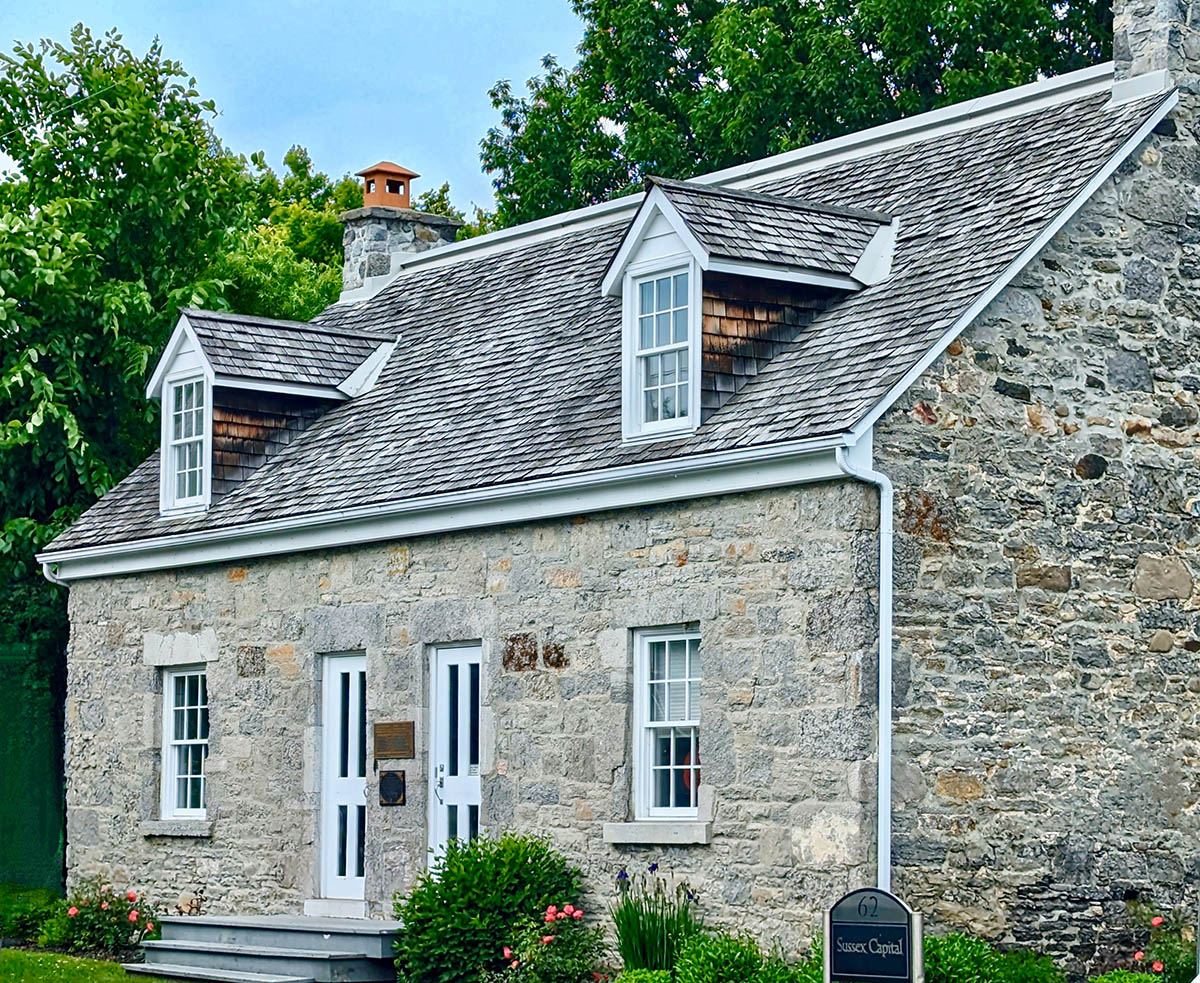
IMAGE: The Fraser School. (Photo: Michael Bussière)
Originally two workers’ residences, McKay reassigned the building in 1838 to serve as the local school. Named for its first teacher, James Fraser, who resided in one half and taught in the other, the school advertised a curriculum of “Reading and Elocution, French, Writing and Arithmetic, English Grammar and Geography,” as posted in the Bytown Gazette. After its closure in 1844, the school reverted back to being a double residence. The design is typical of workers’ houses in Scotland and Upper Canada. A simple one-and-a-half-storey dwelling with rubble walls, the finer pieces on the facade, and a shallow gable roof with dormers, all built to last.




